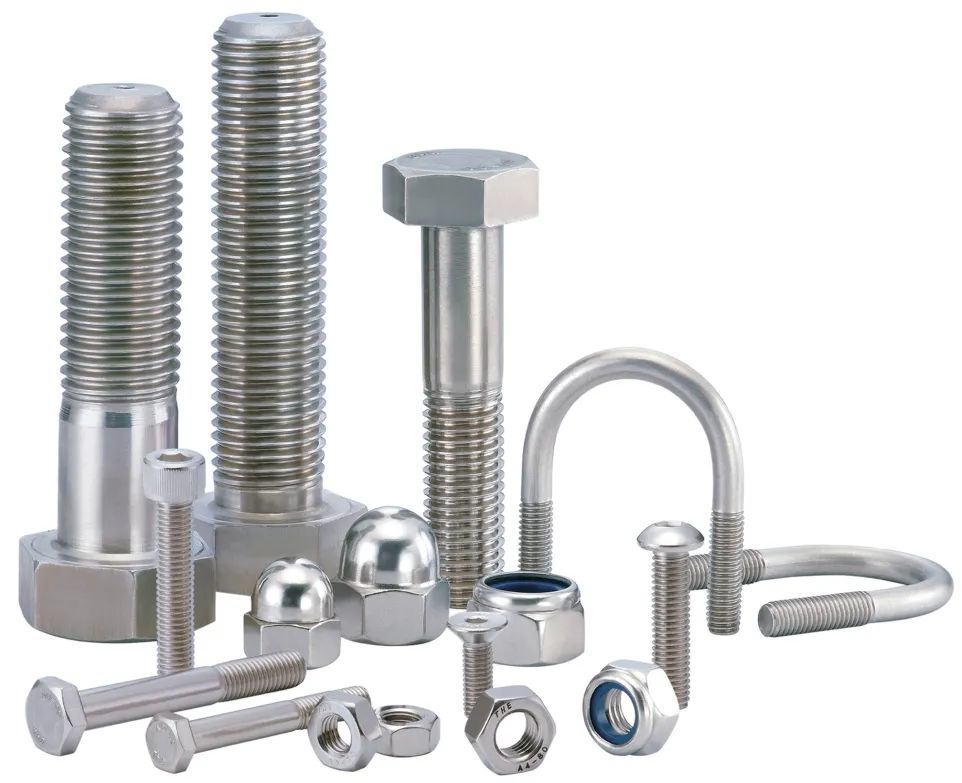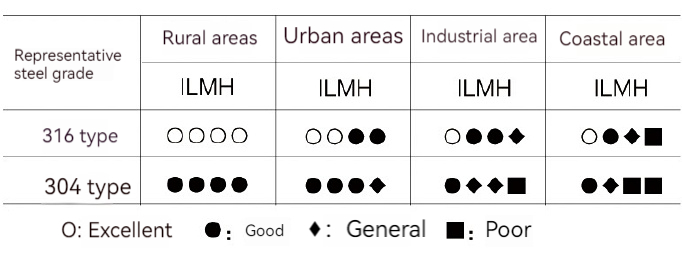Understanding Stainless Steel: 304 vs 316 Fasteners
Click here for a link to purchase fasteners
Stainless steel screw fasteners are essential in various industries such as curtain walls, high-speed rail, communications, new energy, and shipbuilding, both domestically and internationally. Among these, 304 and 316 stainless steel fasteners are especially popular. Many people often wonder about the performance differences between 316 and 304 stainless steel fasteners.

Introduction to 304 and 316 Stainless Steel
304 stainless steel, also known as 18-8 stainless steel, is one of the most commonly used types. It primarily contains about 18% chromium and 8% nickel, along with small amounts of carbon and manganese. This composition gives 304 stainless steel excellent corrosion resistance, toughness, and high temperature resistance, making it ideal for various applications including tableware and daily necessities.
In contrast, 316 stainless steel enhances the base of 304 by adding 2%-3% molybdenum. This addition significantly boosts its corrosion resistance, acid, and alkali resistance. Consequently, 316 stainless steel is typically used in harsher environments such as seawater, chemical industries, and medical device manufacturing.
Differences in Fastener Performance
Both 304 and 316 are austenitic stainless steels with similar mechanical properties. The key difference lies in their corrosion resistance. Stainless steel’s corrosion resistance is conditional; it can resist corrosion in one medium but may fail in another. Thanks to its molybdenum content, 316 stainless steel offers better corrosion resistance, especially in acidic and saline environments. While 304 meets general needs, it may not perform as well as 316 in specific challenging conditions.
Corrosion resistance in stainless steels is always relative; no type is absolutely non-corrosive across all environments. For marine settings, sewage treatment, and acidic environments, 316 is highly recommended due to its superior resistance to intergranular corrosion.

Environmental Marking Guide:
- I: Indoor environments.
- L: Regions with slight corrosion (low temperature, low humidity).
- M: General regional environments.
- H: Areas with serious corrosion (high temperature, high humidity).
Choosing the Correct Stainless Steel
For indoor and general outdoor environments, 304 stainless steel fasteners are sufficient to resist natural corrosion. However, for equipment exposed to seawater, chemicals, fuels, or used in industrial settings and coastal areas, selecting 316 or 316L stainless steel fasteners is advisable for enhanced performance.
Selecting the right stainless steel based on environmental needs helps extend its service life and maintain its aesthetic appeal. Over the next few days, Bolt World will continue to address your queries about stainless steel fasteners.
If you have more questions or need further clarification on stainless steel, please leave your comments below. Your topic might be featured in our next “Fastener Lecture Hall” session. Stay tuned!

